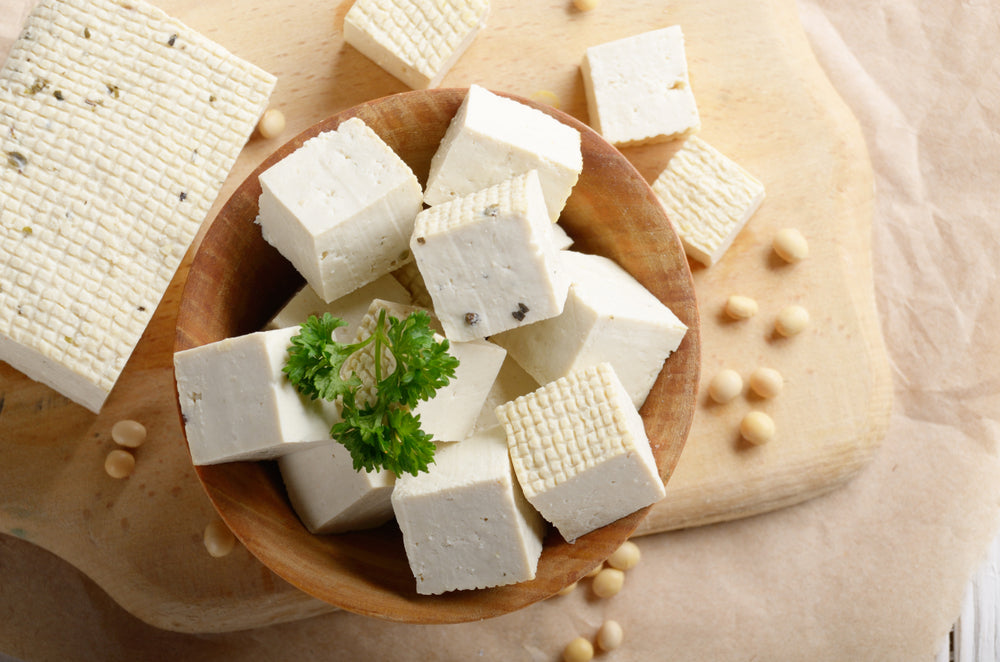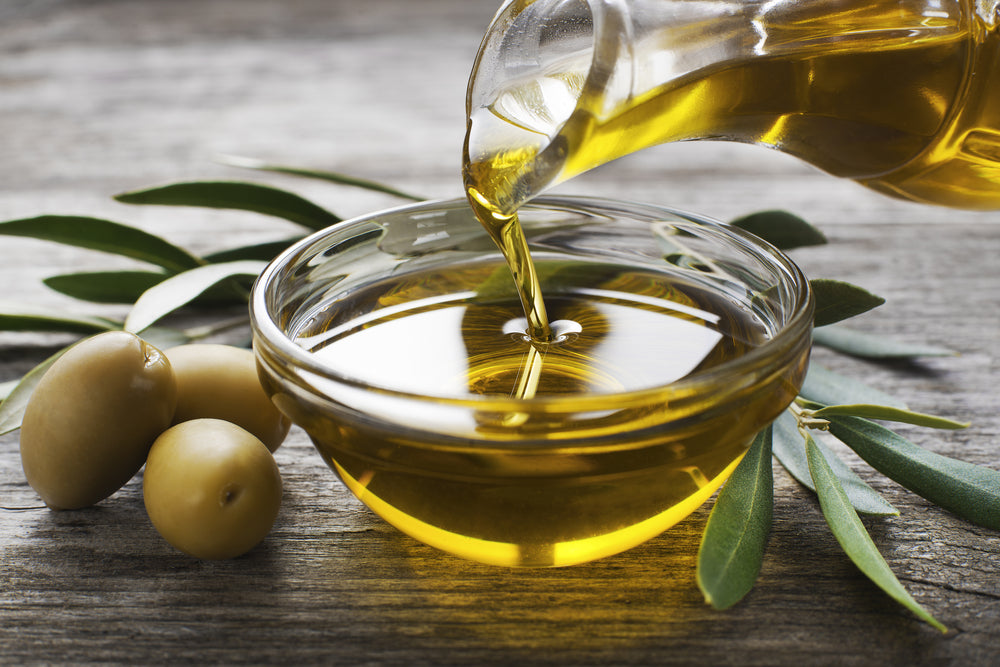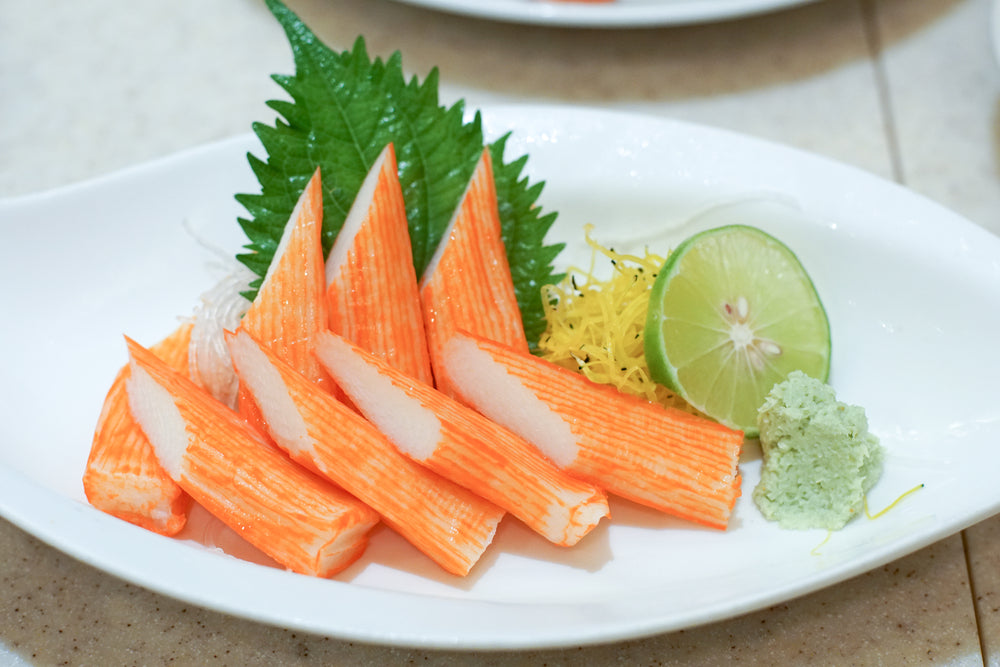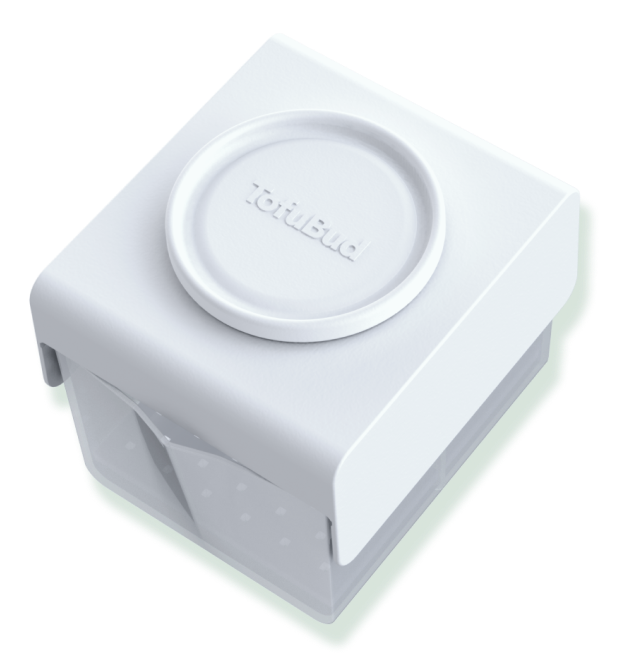For over two centuries, tofu has been one of the most widely used foods globally. It’s highly popular in East Asia, where it's as important as meat and dairy to Western countries. In this article, we'll answer tons of frequently asked questions regarding the ins and outs of tofu!
Tofu is a protein-rich food product made with curdled soy milk. Tofu is also known as "bean curd," and is available in various forms, shapes, and textures. The two main types are silken and firm (soft and more rigid, and denser.) There are more, but we’ll get to that a bit later. Let’s first dive into the origin of tofu.
When was tofu invented?
Tofu originated in China more than two centuries ago. The production of tofu first began around 206 to 220BC allegedly during the Han Dynasty. It finally reached Japan in the 8th century AD.
In the 1960s, the Western world became more conscious of healthy eating, and tofu arrived on its shores. Although it was still an under-rated plant-based protein, tofu steadily began to grow in popularity.
Tofu became so widely used that by the early 1980s, there were around 245,000 tofu manufacturers globally, over half of which were located in China. Others in Japan, Indonesia, Korea, Taiwan, and over 200 in the Western world.
Over the years, research revealed the many benefits of tofu, and adventurous cooks worldwide have demonstrated countless ways to enjoy tofu! These days tofu is widely produced and enjoyed in most countries around the world. But where does tofu come from?
Where did tofu originate?
Different legends and fables surround the origin of this protein-packed food. Here are four popular theories about who invented tofu:
Somebody accidentally invented it
According to the history of tofu in China, tofu was an unplanned invention. A cook experimented with flavouring soybeans with a type of seaweed called Nagari and ended up making bean curd by accident.
A Chinese king created tofu
The most common fable about who invented tofu is that it was masterminded by King of Huai-nan, Liu An. Although this is a well-known story, it's probably not true. Up to around 1,000 years after his death, nothing about tofu was mentioned in relation to King Liu An.
A man discovered it trying to feed his parents
In another tofu origin story, a man invented it after trying all kinds of tricks with cooking soybeans. In his attempt to make it easier to eat for his elderly parents who had issues with their teeth, he discovered something worth even more! He blended the beans, then passed it through a cloth, finally seasoned it, heated it, and cooled it down again.
Allegedly, his result was the infamous tofu.
Tofu was created based on cheesemaking
Yet another legend states that tofu was invented by copying the cheesemaking methods of Mongolian tribes who lived along China's northern border. These Mongolian tribes were known to drink milk (something quite unusual in most Asian countries!)
No matter who invented it, or where tofu originated from, it's here, and it's here to stay! With healthy eating and vegan and vegetarian cuisine more popular than ever before, tofu is rising in the ranks as a prime go-to ingredient.
Tofu in the Western world
Despite its rise in popularity in Western countries, there's still some stigma against tofu. Most of this has to do with two things: a fear of the unknown and the inability to cook tofu properly!
This perception is changing quickly, though! Westerners realise that tofu contains minimal calories, is packed with nutrition and protein, and is a super versatile and delicious food. It’s also evolving to suit every taste and a range of dietary preferences.
The evolution of tofu
Making tofu is a simple process, and quite similar to making cheese. To sum it all up, a coagulant like calcium sulfate or nagaris is added to soy milk to make it curdle. These curds are pressed to form a block. Originally stone and cloth were used to press the tofu, but nowadays it's manufactured with machinery.
As tofu has evolved over the years, it has taken on a variety of shapes and forms. Whoever the mystery inventor of tofu is, they'd be amazed at what's happening with their creation now! The different types of tofu currently available include:
- Soft tofu
- Silken tofu
- Firm tofu
- Extra-firm tofu
- Super firm tofu
- Smoked tofu
- Dried tofu
- Fermented tofu
- Tofu skins
- Tofu puffs
- Tofu pockets
Soft tofu is primarily used to make soups or salads and can also be used to create a delicious vegan "egg" scramble. Firm tofu can be stir-fried, fried, deep-fried, or baked. Tofu skin is used to wrap dim sum, and tofu pockets are used to make delicious inari sushi.
Cooking tofu at home is a simple process. Many health-conscious households invest in a handy tofu press to make it even easier and quicker to get their firm tofu into the pan and then into their tummies!
It's possible to transform a variety of standard dishes into tasty vegan or vegetarian meals using tofu. New cooking techniques and innovative flavour profiles are invented continuously, turning tofu into game-changing savoury dishes and decadent sweet treats.
Now that you know who invented tofu, and some other fun facts about it, here are some ideas on how to use it to turn your meals into healthy flavour sensations.
The options are endless! Use these tips to level up your tofu experience:
- Don't marinate it for too long; tofu is super-absorbent!
- Use corn-flour to dust it before frying or baking tofu for an added crunch.
- For extra crunch, coat your tofu in sesame seeds.
- Silken tofu can be used in a variety of desserts, and to make vegan quiche or cheese!
- Blend soft tofu into a sauce for pasta for a creamy protein boost.
Tofu is here to stay!
Even though we'll never honestly know who invented tofu or exactly when this happened, we do know that it's been an integral part of the world's culinary history for centuries. We also know that it is widely used, and loved, and continues to grow in popularity.
From the creation process to how we use it, this versatile food has evolved so much over time. Without a doubt, tofu will continue to flourish over the coming years for the world to enjoy it in a variety of wonderful ways.








Leave a comment (all fields required)